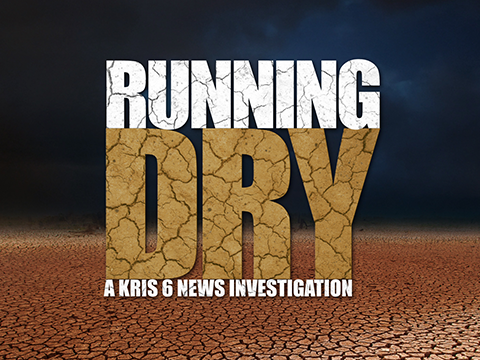By María Méndez, 'THE TEXAS TRIBUNE'
Tuesday, Oct. 11, is the deadline in Texas to register to vote to be able to participate in the 2022 midterm elections, where voters will cast their ballots on everything from the gubernatorial race between Gov. Greg Abbott and Beto O’Rourke to local races for county judge and state representative.
Texas is one of a handful of states with a voter registration deadline 30 days before the election. Here’s what you need to know about checking your status and registering to vote before the end of day Tuesday.
How do I check if I’m registered to vote?
You can check to see if you’re registered and verify your information on the Texas secretary of state’s website.
You’ll need one of the following three combinations to log in:
- Your Texas driver’s license number and date of birth.
- Your first and last names, date of birth and county you reside in.
- Your date of birth and Voter Unique Identifier number, which appears on your voter registration certificate.
Who can register to vote in Texas?
U.S. citizens in Texas can register to vote in the election if they are 18 or older or if they will be 18 by Election Day, which is Nov. 8.
Citizens in the state cannot register to vote if they have been convicted of a felony and are still serving a sentence, including parole or probation, or if they have been deemed mentally incapacitated by a court. Here are more specifics on eligibility.
How do I register to vote?
You’ll need to fill out and submit a paper voter registration application by Oct. 11.
You can request a postage-paid application through the mail or find one at county voter registrars’ offices and some post offices, government offices or high schools. You can also print out the online application and mail it to the voter registrar in your county.
Applications must be postmarked by the Oct. 11 deadline. Download your application here.
Additionally, you can register to vote through the Texas Department of Public Safety while renewing your driver’s license, even if you’re doing so online. This is the only form of online registration in the state.
After you register to vote, you will receive a voter registration certificate within 30 days. It’ll contain your voter information, including the Voter Unique Identifier number needed to update your voter registration online. If the certificate has incorrect information, you’ll need to note corrections and send it to your local voter registrar as soon as possible.
The voter registration certificate can also be used as a secondary form of ID when you vote if you don’t have one of the seven state-approved photo IDs. More info on that here.
What if I have moved?
You must reside in a Texas county by the voter registration deadline to vote in the upcoming election unless you qualify for absentee voting. You can read more about absentee and mail-in voting here.
College students who are registered at a residence in Texas, such as a parent’s home, but are studying out of state can apply for absentee ballots. Students studying in Texas who are from other states can also choose to register to vote in the state with their dorm or Texas address.
Eligible people experiencing homelessness can vote, as long as they provide on their registration an address and description for where they are residing. If needed, their mailing address can be different, but a P.O. box address cannot be listed as a residence address.
Tuesday is also the last day to submit an address change for the midterm elections. You can report an address or name change online. You should do this if you’ve moved since the last time you voted, especially if you have moved to a different county or political subdivision or have legally taken a different name.
What do I do if I run into issues with my voter registration?
If a county suspects you have changed address but your registration has not been updated, you may be be placed on a “suspense list.” Voters placed on the suspense list can still vote if they update or confirm their address before the voter registration deadline for an election or fill out a “statement of residence” when voting, but they may have to vote at their previous polling location or vote on a limited ballot.
Limited ballots are available only during early voting at a “main early voting polling place,” which is usually the office of the elections administrator or county clerk who runs elections in your county. The main early voting polling place should be noted in a county’s list of early voting locations.
While the state conducts reviews of voter rolls to remove what officials suspect might be ineligible registrations, federal law prevents the state from removing registered voters within 90 days of a federal election unless the voter has died, been convicted of a felony or been declared mentally incapacitated.
If you have questions or concerns about your registration, you can find your county’s voter registration contact here.
Inside polling locations, there are typically “resolution desks” where poll workers can address registration issues.
You can also find more information on frequently asked questions from the secretary of state’s office at votetexas.gov.
'This story originally appeared on the Texas Tribune: Texas voter registration deadline is Oct. 11. Here’s how to register. | The Texas Tribune


